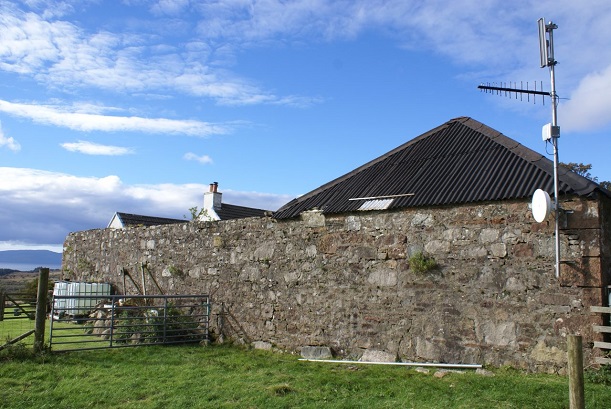TV white spaces will be used to provide fixed wireless coverage in previously unconnected parts of Scotland and Wales.
The rollout, which is being run by white space operators Nominet and Broadway Partners, is starting on the Isle of Arran and will initially cover the Machrie area on the island’s west coast. Coverage will then be rolled out to the rest of the island during the coming months.
The companies said they wanted to offer better coverage for the island’s peak tourist season, when its population grows from 5,000 to 25,000. They added they wanted to ensure residents do not get left behind, as websites become more content rich and data demanding.
Russell Haworth, CEO of Nominet, said: “The Arran rollout shows that TV white space can reach places that other technologies cannot, and paves the way for further deployment of this dynamic spectrum management technology. It’s fantastic to see our proven expertise in new technologies like TV white space is now providing the key building block to help remote areas to finally get online.”
Michael Armitage, founding Director of Broadway Partners added: “TV white space has proved its mettle, cutting through hard to reach rural forested areas on Arran which, in fixed wireless terms, is pretty much unheard of. This technology will be a powerful tool in the drive to deliver affordable broadband access for all communities throughout Scotland and abroad.”
Nominet had been trialling TV white space technology in Oxford.
However, the move was criticised by the CEO of wideband provider Zinwave. Scott Willis said: “If we are going to successfully roll out next generation services such as 5G in the UK, operators need to fully equip themselves to provide the significant amount of spectrum and bandwidth that these mobile services require.”
He said small cell architecture such as distributed antenna systems could do a better job of handling different frequencies.


